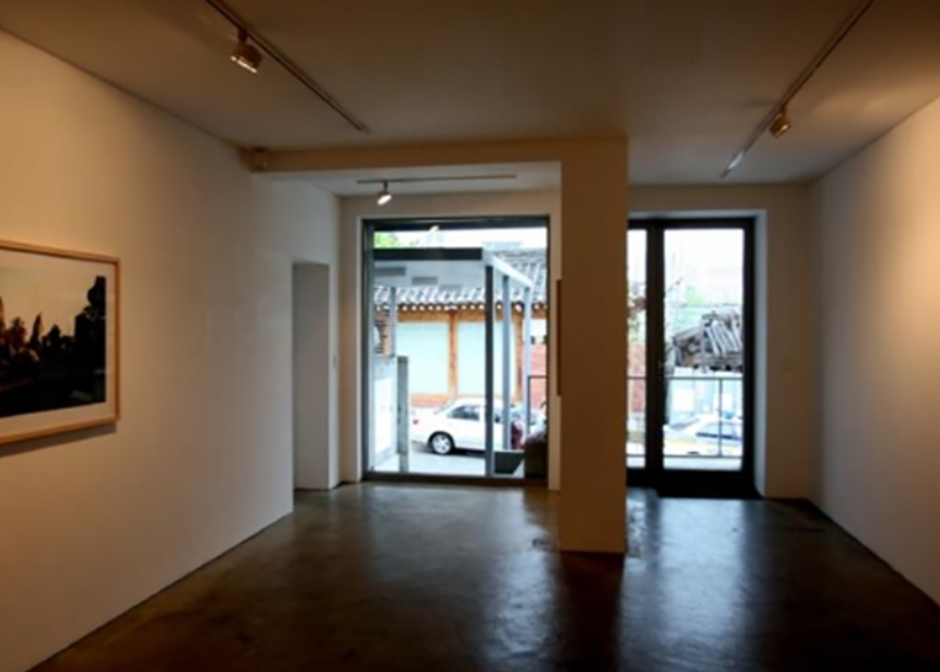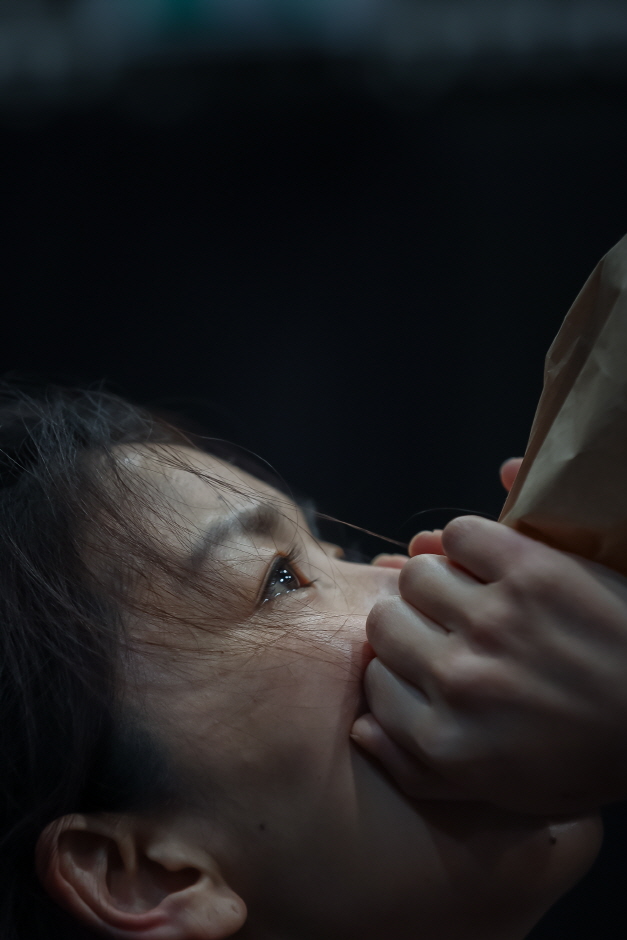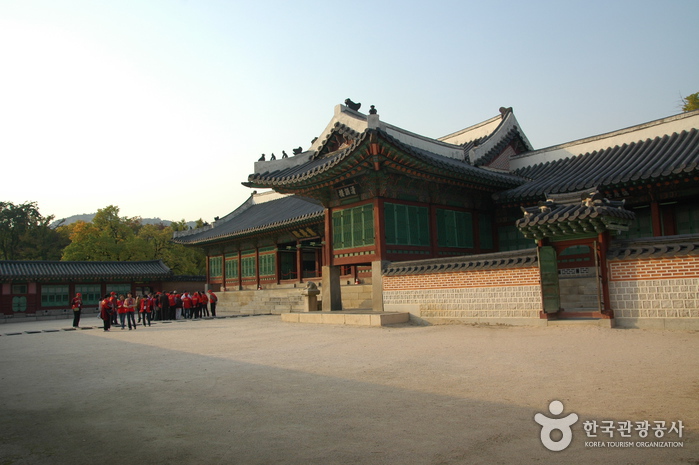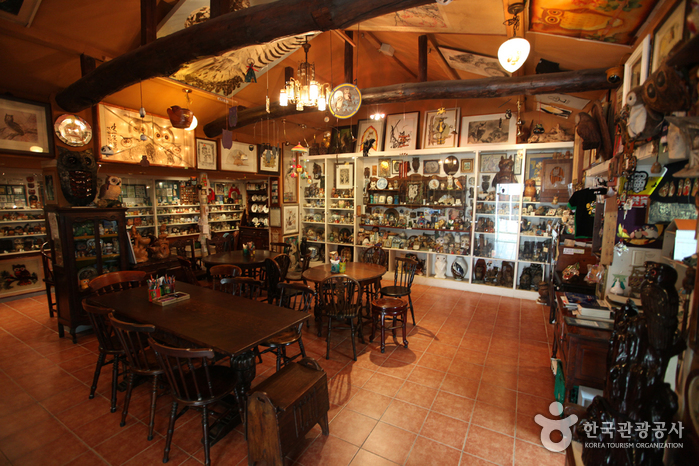Davich Optical - Hongdae Donggyo-dong Samgeori Branch [Tax Refund Shop] (다비치안경 홍대동교동삼거리점)
6.6Km 2024-06-27
193, Yanghwa-ro, Mapo-gu, Seoul
-
Seoureseo Duljjaero Jalhaneunjip (서울서둘째로잘하는집)
6.6Km 2024-03-15
122-1 Samcheong-ro, Jongno-gu, Seoul
+82-2-734-5302
Seoureseo Duljjaero Jalhaneunjip is a sweet red bean porridge and traditional tea house near Gyeongbokgung Palace. Sweet red bean porridge is a sweet and smooth dish typically containing chewy rice cakes and chestnuts. In Korea, it's a traditional food eaten during dongji (the shortest day and longest night of the year). They also offer traditional teas like ssanghwatang (herbal tonic tea), which contains seven medicinal herbs, sujeonggwa (cinnamon punch) with a blend of cinnamon and ginger flavors, and sikhye (sweet rice punch), a drink known for aiding digestion.
PKM Gallery (PKM갤러리)
6.6Km 2024-03-18
40 Samcheong-ro 7-gil, Jongno-gu, Seoul
PKM Gallery, now providing 397 square meters of exhibition space, includes a main building with a maximum x_height of 5.5 meters comprising two upper stories and a two-story basement. PKM+, an annex built in 2018, has one upper story and a basement floor and is equipped with a boutique-like gallery space.
The gallery not only exhibits the works of leading figures in Korean contemporary art, but has also succeeded in introducing renowned international artists to the Korean audience. As an incubator for emerging young artists, PKM Gallery has been organizing exhibitions to encourage their growth as leading artists of the next generation. PKM gallery, the first among the Korean galleries invited to participate in the Frieze Art Fair in 2004, played a major role in advancing Korean contemporary art to the global art market.
Seoul International Dance Festival (서울세계무용축제)
6.6Km 2022-10-13
56, World Cup buk-ro 5-gil, Mapo-gu, Seoul
• 1330 Travel Hotline: +82-2-1330 (Korean, English, Japanese, Chinese)
SIDance (Seoul International Dance Festival) is a regular international festival, hosted by the Seoul Section of CID-UNESCO. The festival took on the role as a pioneer in promoting international exchange among dancers around the globe. It aims to inspire creators and broaden their perspectives while offering unique and original performances to the audience. Today, the festival is acclaimed Korea's largest scale authentic international dance festival.
Olive Young - Donggyo-dong Branch [Tax Refund Shop] (올리브영 동교동)
6.6Km 2024-04-18
207, Donggyo-ro, Mapo-gu, Seoul
-
Olive Young - Dongnimmun Branch [Tax Refund Shop] (올리브영 독립문)
6.6Km 2024-04-18
99, Songwol-gil, Jongno-gu, Seoul
-
Gyeongbokgung Palace Jagyeongjeon Tea Ceremony (경복궁 자경전 다례체험행사)
6.6Km 2020-03-12
161, Sajik-ro, Jongno-gu, Seoul
• 1330 Travel Hotline: +82-2-1330 (Korean, English, Japanese, Chinese) • For more info: +82-2-3210-4683
This traditional tea ceremony experience takes place at Jagyeongjeon Hall in Gyeongbokgung Palace every Saturday and Sunday. Participation is by reservation on a first come, first serve basis.
The ceremony includes a tea culture demonstration and experience, making honey cakes, traditional etiquette introduction, and lectures related to tea culture. To participate in the tea ceremony, download the application form from the Korea Cultural Heritage Foundation website and submit the form through email.
Owl Museum (부엉이박물관)
6.6Km 2022-09-19
143, Bukchon-ro, Jongno-gu, Seoul
+82-2-3210-2902
The Owl Museum is filled with over 2,000 pieces of owl-themed arts and crafts collected from all over the world by the owner. Renovated from a house, the museum has a feel of an antique café as the owner offers a cup of coffee or tea to visitors. Located near the city, those interested in owls should stop for a view and a drink. Various stories of how the collection was gathered as well as information on owls are also interesting.
![Davich Optical - Hongdae Donggyo-dong Samgeori Branch [Tax Refund Shop] (다비치안경 홍대동교동삼거리점)](http://tong.visitkorea.or.kr/cms/resource/55/2890655_image2_1.jpg)


![Olive Young - Donggyo-dong Branch [Tax Refund Shop] (올리브영 동교동)](http://tong.visitkorea.or.kr/cms/resource/17/2889317_image2_1.jpg)



 English
English
 한국어
한국어 日本語
日本語 中文(简体)
中文(简体) Deutsch
Deutsch Français
Français Español
Español Русский
Русский